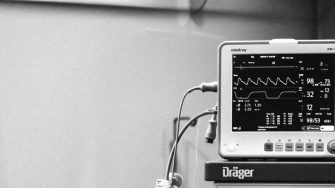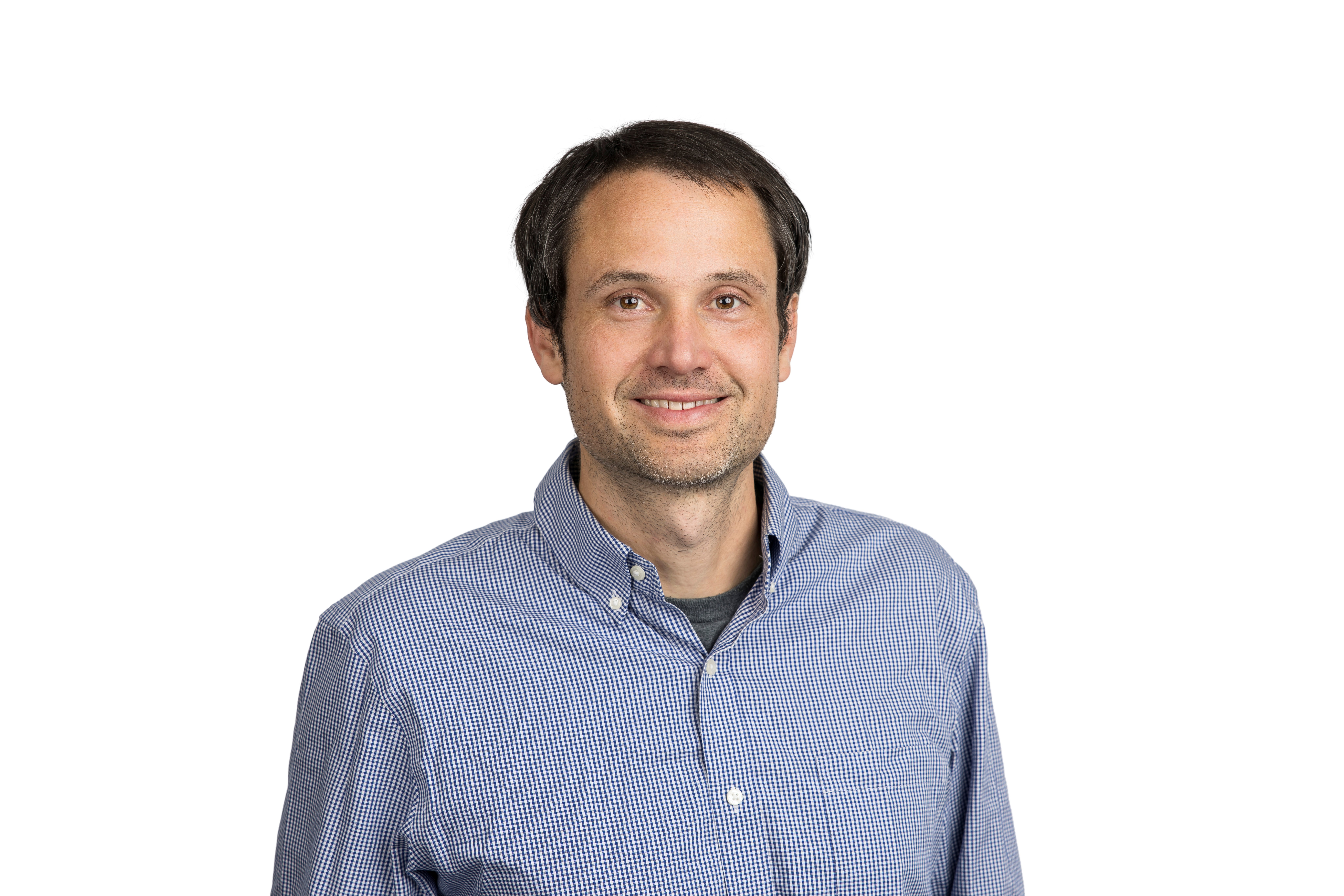
Our researchers use mechanical engineering expertise to optimise design and use of medical devices. We collaborate closely with clinicians, industry, philanthropists and not-for-profit funding agencies.
Stenting and stenosis (non-dialysis related)
To validate clinical findings for Concord Hospital cardiologists, we have developed a benchtop experiment to simulate a cardiovascular condition called myocardial bridging (MB)., MB allows the first benchtop data to be taken of the complex flow fields found during MB. An in-house designed and built, numerically controlled compression device mimics the movement of the myocardium to constrict a patient specific PDMS moulded coronary artery. We have also cured the PDMS to replicate arterial compliance properties.
In collaboration with the Prince of Wales Hospital, we have an ongoing study taking patient data and running both computational and experimental models to determine a predictive metric for stroke. Work this year has also begun on the growth of cells in 3D printed models to determine cell response to turbulent flow.
This area of research is funded by ARC Linkage grant LP150100574. We work closely with Prof. Len Kritharides and Dr Andy Yong from Concord Hospital.
New generation hemodialysis airtraps and implantable artificial kidneys
Dialysis for renal failure patients requires blood to be filtered extracorporeally (outside of the body). It is critical that air bubbles do not re-enter the blood flow, however, our research has found that current systems do not trap micro-bubbles. Our work in this area has been on two fronts: a new understanding of how micro-bubbles interact with a free surface, and new designs for new types of air traps.
We are also designing a new component for a type of implantable artificial kidney where we mimic the function of the (kidney) glomerulus with a microfluidic device; we have close involvement of dialysis staff and transplant surgeons.
We work closely with A/Prof Ramon Varcoe and Dr Shannon Thomas from Prince of Wales Hospital.
Microfluidics for cell separation, mixing and delivery
Our research is focused on using micro-fluidics innovations to solve clinical problems. We have designed and fabricated devices that provide cell separation and cell mixing. We have also studied the effects of different types of fluid in these devices, which impacts how we computationally model the device.
We are also proud to work in partnership with our industry partner, Inventia Life Science. Our work involves designing a new type of printhead for an innovative printer to print cells, allowing cancer drug research to be performed efficiently and effectively. We combine micro-fluidic design and fabrication, fluid dynamic analysis and experiments on cells to determine cell viability under shear stress.
This area of research is funded by our partners in industry. We work closely with Dr Aidan O'Mahoney from Inventia Life Science.
Control of hemodynamics can increase efficacy of arterio-venous fistulae
The use of patient-specific computer modelling for blood flow has shown great clinical potential. Our team of researchers have developed an ultrasound-based procedure to bypass prior limitations to enable regular and on-demand computer modelling. This system is used at the POW Hospital to take weekly scans of renal patients. We then use the scan data to develop computational fluid dynamic models of the blood flows, create 3D prints of the patient vasculature, and build benchtop models where we use tomographic PIV.
This allows the surgeons we partner with to create a personalized clinical solution for the patient. The results of our studies have provided the first insight into the hemodynamics of arterio-venous fistulae, the vascular access needed for dialysis patients, and transformed surgical techniques.
Abbott Vascular are sponsoring research for our team to optimise stent use in fistulas.
We work closely with A/Prof Ramon Varcoe and Dr Shannon Thomas from Prince of Wales Hospital.
Validation of fetal ultrasound indices
Within perinatal medicine, the major clinical issues are placentally mediated. The current tools used to determine risk and evaluate fetuses are crude and non-specific despite substantially more unexploited data existing within the raw ultrasound signal.
Our researchers have developed a non-invasive 3D perfusion estimation using Fractional Moving Blood Volume (3D-FMBV). We have built new and innovative computational and benchtop models to provide validation of this parameter, providing the evidence needed for clinical implementation. Our aim is to develop a modular expandable medical image analysis application (MIAA) platform.
This area of research is funded by UNSW Biomed Seed Fund. We work closely with Dr Gordon Stevenson and Ana Gomes De Melo Tavares Ferreira from RHW.
3D printing for surgery
We are working with vascular and veterinary surgeons to develop customised solutions for surgeons to learn complex new techniques more effectively and develop for stenting techniques.
We are building:
- Cannulation trainer to enable dialysis nurses to learn cannulation for hemodialysis vascular access, enabling realistic flashback in the needle and proving opportunities for patient realistic geometry and cannulating through stents,
- Model of equine skull and cranial arterial vasculature as a learning and teaching tool for surgical treatment of guttural pouch mycosis, requiring both geometry and radiographic realism
- 3D printed templates to guide fenestrated physician modified stent-grafts for fenestrated endovascular aneurysm repair (FEVAR)
We work closely with Dr Jasamine Coles-Black (The Austin Hospital), Dr Jason Chuen (The Austin Hospital), Dr Shannon Thomas (Prince of Wales Hospital) and Dr Stuart Ryan (Melbourne University).
Cardiovascular device solutions
Our team of mechanical and biomedical engineers work on signing new cardiovascular device solutions including improved stent designs, grafts and pumps. This involves computational modelling and experimental testing. We work with clinicians, medical manufacturers, philanthropists and not-for-profit funding agencies.
Projects include: Stent design optimization, personalised two stent bifurcation implant strategies and novel LVAD graft modelling










